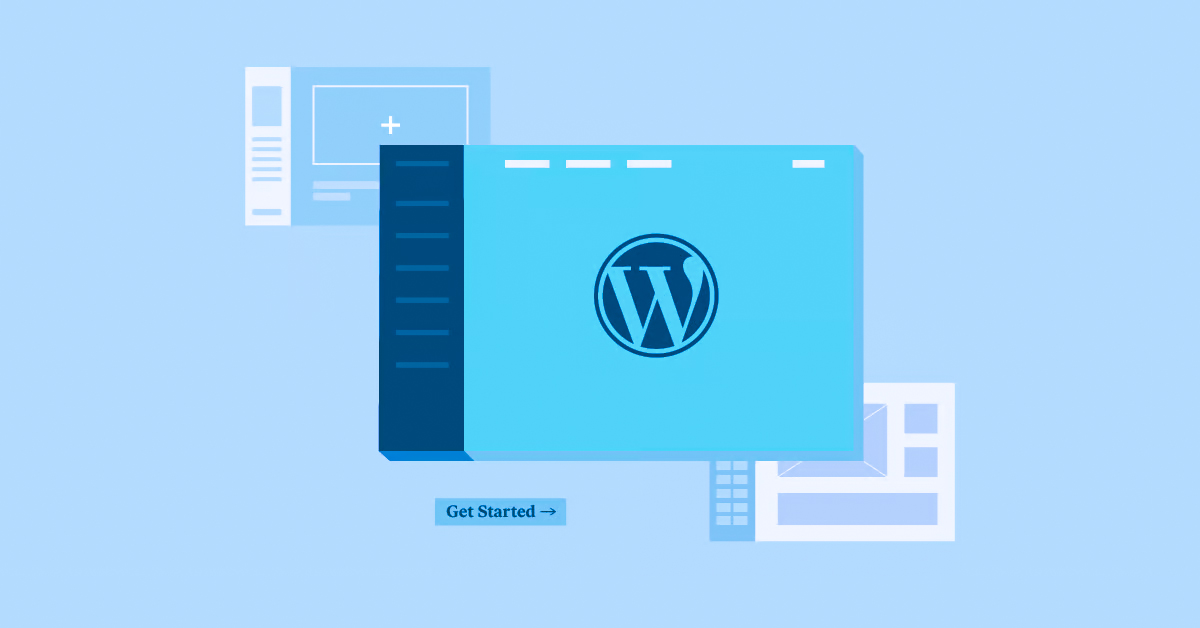WordPress is one of the most popular website platforms in the world, but its flexibility often comes at the cost of performance. A site that’s overloaded with large files, bloated themes, and excessive plugins can become sluggish, hurting both user experience and SEO.
A specialist from Overdrive Digital Marketing puts it well: “Reducing the size of a WordPress website can make a big difference in how fast it loads and how well it performs. From compressing images to cleaning up unused plugins, even small changes can lead to a smoother experience for visitors and better results for your business.”
If you’re looking to streamline your site, here are 10 smart ways to make your WordPress website smaller and more efficient.
1. Reduce Image Dimensions Before Uploading
Large images are a top cause of heavy page sizes. Resize your images to the maximum dimensions needed on your site before you upload them. Tools like Photoshop, GIMP, or even online resizers can cut image dimensions dramatically.
2. Limit Video Hosting
Videos take up significant space and bandwidth. Instead of uploading videos directly to your WordPress media library, use platforms like YouTube or Vimeo to embed them. This offloads storage and speeds up your site.
3. Use Fewer Fonts and Icons
Loading multiple font families or heavy icon libraries adds extra HTTP requests. Stick to one or two fonts and use streamlined icon sets like SVGs or icon fonts hosted via CDN.
4. Avoid Page Builder Bloat
While page builders like Elementor or WPBakery are convenient, they often add unnecessary code. Consider using lightweight block editors or only adding builder elements that are essential to your design.
5. Regularly Purge Your Cache
Caching plugins store static versions of your pages, but caches can become outdated or overloaded. Schedule regular cache purges so visitors always see the fastest, most optimized version of your site.
6. Optimize Your Homepage
Keep your homepage minimal by limiting the number of posts, sliders, and widgets. A clean homepage not only reduces size but also directs users quickly to what matters most.
7. Prune User Accounts and Comments
Old subscriber accounts, spam registrations, and thousands of pending comments can inflate your database. Periodically clean them out to keep your database lean.
8. Replace Heavy Plugins with Code Snippets
Sometimes, simple functionality like adding Google Analytics or Facebook pixels can be done with a small code snippet instead of a full plugin. This cuts down plugin weight significantly.
9. Use a Database Cleaner
Install a plugin like WP-Sweep or WP-Optimize to routinely remove trashed posts, expired transients, and orphaned meta data. This keeps your database fast and compact.
10. Monitor Your Site Size Over Time
Use tools like GTmetrix or Pingdom to regularly check your page sizes. This helps you spot when your website starts growing again so you can take quick action.
With these adjustments, your WordPress website will be faster, more responsive, and better equipped to rank well on search engines. For businesses serious about site performance and digital growth, the team at Overdrive Digital Marketing offers expert strategies that turn slow, bloated websites into high-performing assets.



